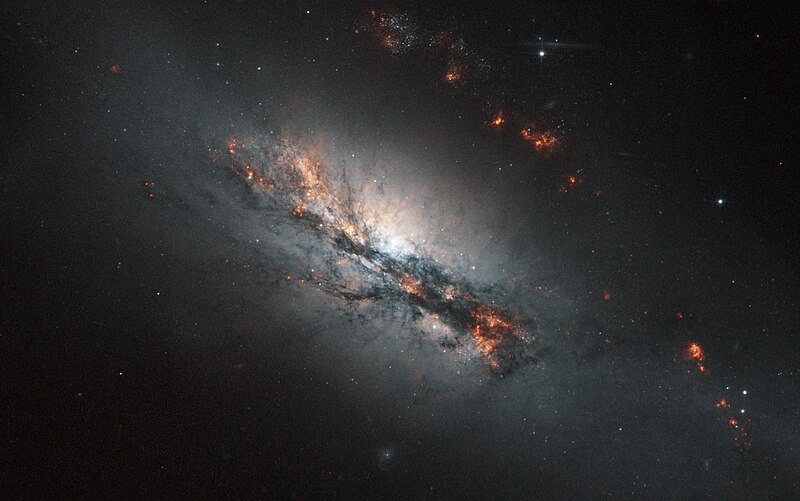Plik:NGC 2146 HST.jpg

Rozmiar podglądu – 800 × 501 pikseli. Inne rozdzielczości: 320 × 201 pikseli | 640 × 401 pikseli | 1024 × 642 pikseli | 1280 × 802 pikseli | 3147 × 1972 pikseli.
Rozmiar pierwotny (3147 × 1972 pikseli, rozmiar pliku: 2,17 MB, typ MIME: image/jpeg)
Historia pliku
Kliknij na datę/czas, aby zobaczyć, jak plik wyglądał w tym czasie.
| Data i czas | Miniatura | Wymiary | Użytkownik | Opis | |
|---|---|---|---|---|---|
| aktualny | 18:12, 31 sie 2011 |  | 3147 × 1972 (2,17 MB) | Jmencisom |
Lokalne wykorzystanie pliku
Poniższa strona korzysta z tego pliku:
Globalne wykorzystanie pliku
Ten plik jest wykorzystywany także w innych projektach wiki:
- Wykorzystanie na ar.wikipedia.org
- Wykorzystanie na de.wikipedia.org
- Wykorzystanie na el.wikipedia.org
- Wykorzystanie na en.wikipedia.org
- Wykorzystanie na fa.wikipedia.org
- Wykorzystanie na fr.wikipedia.org
- Wykorzystanie na ko.wikipedia.org
- Wykorzystanie na lb.wikipedia.org
- Wykorzystanie na mk.wikipedia.org
- Wykorzystanie na sv.wikipedia.org
- Wykorzystanie na vi.wikipedia.org